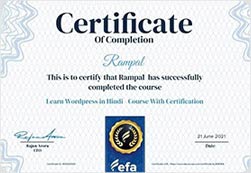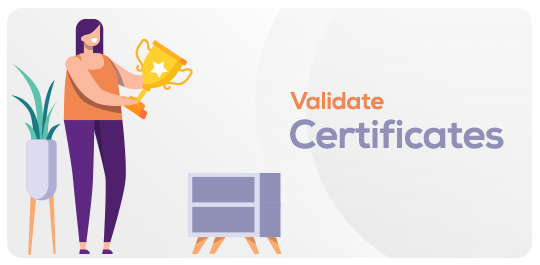Blogging & Search Engine Optimization ( SEO ) in Hindi Full Masterclass from Beginner to Advance Level
in Digital Marketing Best Seller
Best Seller
What you'll learn
 Get certificate of completion
Get certificate of completion

Course content
 Requirements
Requirements
About this course
Welcome to my Blogging & SEO Masterclass!
In this particular course, you will learn how to rank your content on the first page of Google. This is a highly sought-after skill, as it can lead to a significant increase in traffic and revenue for your blog or website.
Here are some key tips on how to write SEO-friendly articles that will rank on the first page of Google:
- Choose the right keywords. This is the most important step, as it will determine whether or not your article is relevant to the searches that people are making. Use a keyword research tool to find keywords that are relevant to your topic and have a high search volume.
- Optimize your title and meta description. The title and meta description are the two most important snippets of text that Google uses to display your article in the search results. Make sure to include your target keyword in both of these elements, and write clear and concise descriptions that will entice people to click on your article.
- Structure your article correctly. Use headings and subheadings to break up your article into manageable sections and make it easy for readers to scan. Use keywords in your headings and subheadings, but avoid keyword stuffing.
- Write high-quality content. This is the most important factor in ranking your article on the first page of Google. Your content should be informative, well-written, and engaging. Make sure to provide value to your readers and answer their questions.
- Optimize your images. Include images in your article to make it more visually appealing and to break up the text. Make sure to optimize your images for SEO by giving them descriptive alt text.
- Build backlinks. Backlinks are links from other websites to your own. They are one of the most important ranking factors for Google. There are many ways to build backlinks, such as guest blogging, submitting your articles to directories, and creating social media posts.
Here is a more detailed explanation of each step:
1. Choose the right keywords.
When choosing keywords, it is important to consider the following factors:
- Relevance: The keywords should be relevant to your topic and the content of your article.
- Search volume: The keywords should have a high search volume, meaning that a lot of people are searching for them.
- Competition: The keywords should have low to medium competition, meaning that it is not too difficult to rank for them.
You can use a keyword research tool to find keywords that meet all of these criteria.
2. Optimize your title and meta description.
Your title and meta description should be clear, concise, and informative. They should include your target keyword and accurately reflect the content of your article.
3. Structure your article correctly.
Use headings and subheadings to break up your article into manageable sections and make it easy for readers to scan. Use keywords in your headings and subheadings, but avoid keyword stuffing.
4. Write high-quality content.
Your content should be well-written, informative, and engaging. Make sure to provide value to your readers and answer their questions.
5. Optimize your images.
Include images in your article to make it more visually appealing and to break up the text. Make sure to optimize your images for SEO by giving them descriptive alt text.
6. Build backlinks.
Backlinks are links from other websites to your own. They are one of the most important ranking factors for Google. There are many ways to build backlinks, such as guest blogging, submitting your articles to directories, and creating social media posts.

We’re in the News!
15 Video Lessons
Get instant & lifetime access
This course contains pre-recorded videos that can be watched anytime
30 day money back
Don’t like it, no problems
If for any reason you are not happy with your purchase, simply email us within 30 days of purchase and we will refund you within 24 hours.












